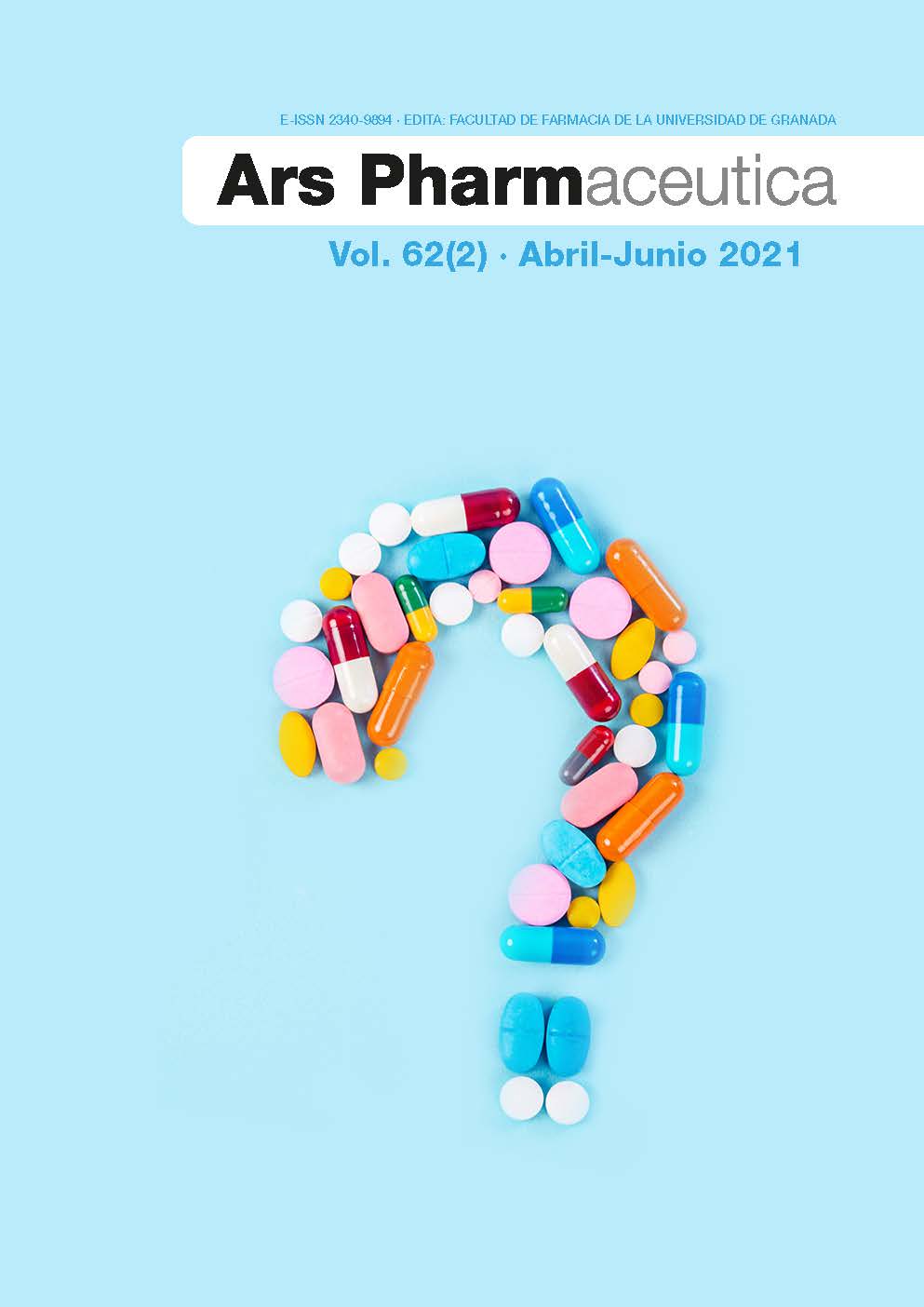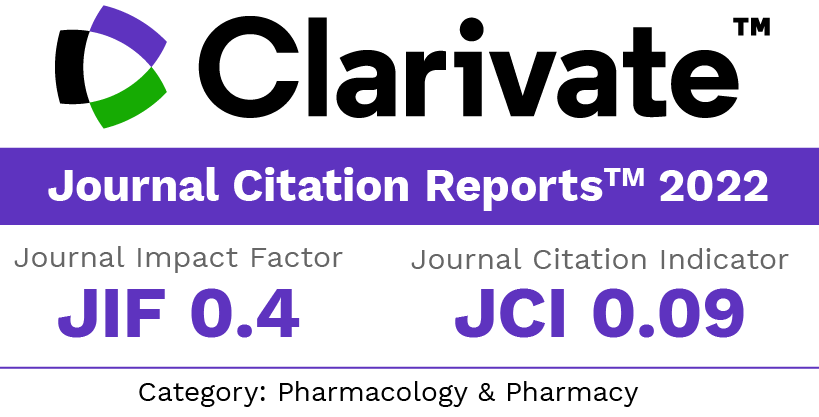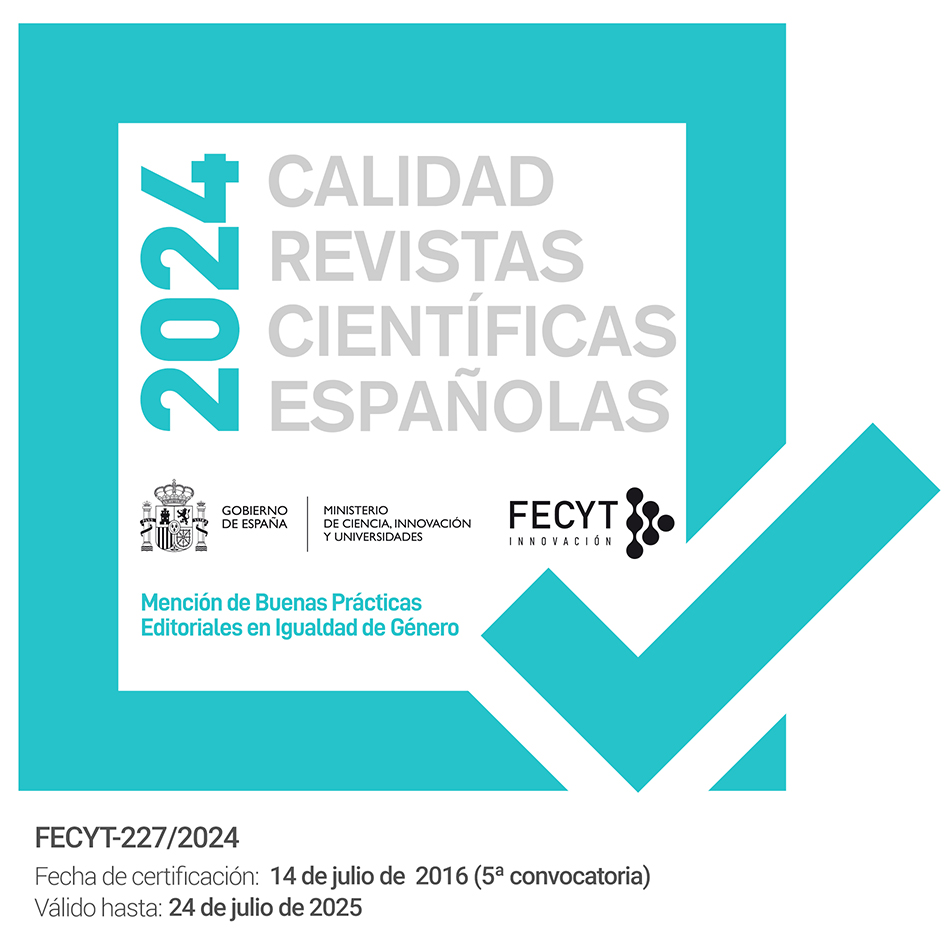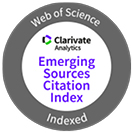Design and Characterization of Combinational Domperidone-Famotidine Floating Drug Delivery System - In vitro and In vivo studies
DOI:
https://doi.org/10.30827/ars.v62i2.15810Keywords:
Carbopol 934P, Floating time, Ethyl cellulose, Quality by design, X-ray imaging.Abstract
Introduction: The drawbacks assosiated with oral administration of drugscan be controlled or minimized by gastro retentive formulations that remain buoyant within the stomach for an extended time by providing prolonged gastric retention and releasethe drug in an exceedingly extended manner thereby improving bioavailability. The current research was to develop and optimize Domperidone and Famotidine floating tablets with extended release by Quality by Design approach.
Method: Based on QTPP (Quality Target Product Profile), CQAs (Critical Quality Attributes)wereidentified. Risk analysis by the evaluation of formulation and process parameters showed that optimizing the levels of polymers could reduce high risk to achieve the target profile. A 23factor experimental design with midpoints was selected for statistical analysis and optimization.
Results: HPMC K100 and Carbopol 934P had a positive effect while ethyl cellulose demonstrated a negative effect on the selected responses. Drug release kinetics followed the first-order release with Higuchi diffusion and Fickian diffusion. Optimized formula satisfying all the required parameters was selected and evaluated. The predicted response values were in close agreement with experimental response values. Abdominal X-ray imaging after oral administration of the tablets on a healthy rabbit’s stomach confirmed the extended floating behavior with shorter lag time. In vivo, pharmacokinetic studies in rabbits revealed that the optimized formulation exhibited prolonged drug release with enhanced Cmax, tmax, AUCo-t, and t1/2 of an optimized product when compared to the marketed product.
Conclusions: It has been concluded that the application of Quality by Design in the formulation and optimization reduced the number of trials to produce a cost-effective formula.
Downloads
References
Lopes CM, Bettencourt C, Rossi A, Buttini F, Barata P. Overview on gastroretentive drug delivery systems for improving drug bioavailability. Int J pharm. 2016;510(1):144-58. Doi: 10.1016/j.ijpharm.2016.05.01.016.
Lokhande SS. Recent Trends in Development of Gastro-Retentive Floating Drug Delivery System: A Review. Asian J Pharm Sci. 2019; 9(2): 91-6. Doi: 10.5958/2231-5659.2019.00014.6.
Chai X, Chai H, Wang X, Yang J, Li J, Zhao Y, et.al. Fused deposition modeling (FDM) 3D printed tablets for intragastric floating delivery of domperidone. Sci Rep. 2017; 7(1): 1-9. Doi: 10.1038/s41598-017-03097-x.
Shah PP, Patel B, Patel J, Darji V, Prajapati K, Raja JD. Stability indicating RP-HPLC method development and validation for simultaneous estimation of diclofenac potassium and famotidine in its pharmaceutical dosage form. World J Pharm Pharm Sci. 2017; 6(5): 1069-1078. Doi: 10.20959/wjpps20175-9130.
Shah HP. Quality by design enabled development and optimization of Gastroretentive Floating Matrix Tablets of Dipyridamole. Asian J Pharm. 2017; 11(02): S382-S396. Doi: 10.22377/ajp.v11i02.1280.
Homa Z, Ahsan MQ, Rahman MM, Ibrahim M, Sultana NA, Haque S, Chowdhury MM. Design, Development and In-vitro Evaluation of Amlodipine besylate Effervescent floating tablets by using different polymers. Pharm Biol Eval. 2015; 2(5): 179-18. Doi: 10 26510/index.php/PBE
Sungthongjeen S, Sriamornsak P, Puttipipatkhachorn S. Design and evaluation of floating multi-layer coated tablets based on gas formation. Eur J Pharm Biopham. 2008; 69(1): 255-63. Doi: 10.1016/j.ejpb.2007.09.013.
Shah HP, Prajapati ST. Quality by design based development and optimization of novel gastroretentive floating osmotic capsules of clopidogrel bisulfate. J Pharm Investig. 2019; 49(3): 295-311. Doi:10.1007/s40005-018-0405-5.
Sangshetti JN, Deshpande M, Zaheer Z, Shinde DB, Arote R. Quality by design approach: Regulatory need. Arab J Chem. 2017; 10: S3412-25. Doi: 10.1016/j.arabjc.2014.01.025.
Bhargav E, Reddy CS, Jyothi MV, Srikanth T, Sravani S, Krishna MS, Silpa T, Murali KG, Rani AS. Formulation and Optimization of Dicyclomine HCl mouth melt tablets by central composite design. J Appl Pharm Sci. 2017; 7(09): 134-41. Doi: 10.7324/JAPS.2017.70918.
Bose A, Wong TW, Singh N. Formulation development and optimization of sustained release matrix tablet of Itopride HCl by response surface methodology and its evaluation of release kinetics. Saudi Pharm J. 2013; 21(2): 201-13. Doi: 10.1016/j.jsps.2012.03.006.
Diós P, Nagy S, Pál S, Pernecker T, Kocsis B, Budán F, Horváth I, Szigeti K, Bölcskei K, Máthé D, Dévay A. Preformulation studies and optimization of sodium alginate based floating drug delivery system for eradication of Helicobacter pylori. Eur J Pharm Biopharm. 2015; 96: 196-206. Doi: 10.1016/j.ejpb.2015.07.020.
Chappidi SR, Bhargav E, Marikunte V, Chinthaginjala H, Jyothi MV, Pisay M, Jutur M, Mahammad MS, Poura M, Yadav S, Syed M. A cost effective (QbD) approach in the development and optimization of rosiglitazone maleate mucoadhesive extended release tablets–In vitro and ex vivo. Adv Pharm Bull. 2019; 9(2): 281-288. Doi: 10.15171%2Fapb.2019.032.
Rawat S, Sangali S, Gupta A. Formulation and Evaluation of Floating Matrix Tablets of Acyclovir using 32 Factorial Design. RJPDFT. 2018; 10(1): 1-9. Doi: 10.5958/0975-4377.2018.00001.0.
Sharma S, Sharma AK, Ompal S, Chaturvedi AK, Vikrant V, Arya RK, Singh UK. RP-HPLC Method Devlopment and Validation of Domperidone in Solid Dosage Form. The Pharma Innovation. 2012; 1(4, Part A): 16-20. Doi: 10.22271/tpi.
Srinubabu G, Raju CA, Sarath N, Kumar PK, Rao JS. Development and validation of a HPLC method for the determination of voriconazole in pharmaceutical formulation using an experimental design. Talanta. 2007; 71(3): 1424-1429. Doi: 10.1016/j.talanta.2006.04.042.
Razavi M, Karimian H, Yeong CH, Chung LY, Nyamathulla S, Noordin MI. Gamma scintigraphic evaluation of floating gastroretentive tablets of metformin HCl using a combination of three natural polymers in rabbits. Drug design, development, and therapy 2015; 9: 4373-4386. Doi: 10.2147%2FDDDT.S86263.
Kadivar A, Kamalidehghan B, Javar HA, Davoudi ET, Zaharuddin ND, Sabeti B, Chung LY, Noordin MI. Formulation and in vitro, in vivo evaluation of effervescent floating sustained-release imatinib mesylate tablet. PloS one. 2015; 10(6): e0126874. Doi: 10.1371/journal.pone.0126874.
Reddy GS, Nayak UY, Deshpande PB, Mutalik S. Gastroretentive Pulsatile Release Tablets of Lercanidipine HCl: Development, Statistical Optimization, and In vitro and In vivo Evaluation. Sci World J. 2014; 2014: 1-13. Doi: 10.1155/2014/421931.
Ali J, Arora S, Ahuja A, Babbar AK, Sharma RK, Khar RK, Baboota S. Formulation and development of hydrodynamically balanced system for metformin: in vitro and in vivo evaluation. Eur J Pharm Biopham. 2007; 67(1): 196-201. Doi: 10.1016/j.ejpb.2006.12.015.
Downloads
Published
How to Cite
Issue
Section
License
Copyright (c) 2021 Mounika Chidurala, Raveendra Reddy J

This work is licensed under a Creative Commons Attribution-NonCommercial-ShareAlike 4.0 International License.
The articles, which are published in this journal, are subject to the following terms in relation to the rights of patrimonial or exploitation:
- The authors will keep their copyright and guarantee to the journal the right of first publication of their work, which will be distributed with a Creative Commons BY-NC-SA 4.0 license that allows third parties to reuse the work whenever its author, quote the original source and do not make commercial use of it.
b. The authors may adopt other non-exclusive licensing agreements for the distribution of the published version of the work (e.g., deposit it in an institutional telematic file or publish it in a monographic volume) provided that the original source of its publication is indicated.
c. Authors are allowed and advised to disseminate their work through the Internet (e.g. in institutional repositories or on their website) before and during the submission process, which can produce interesting exchanges and increase citations of the published work. (See The effect of open access).























